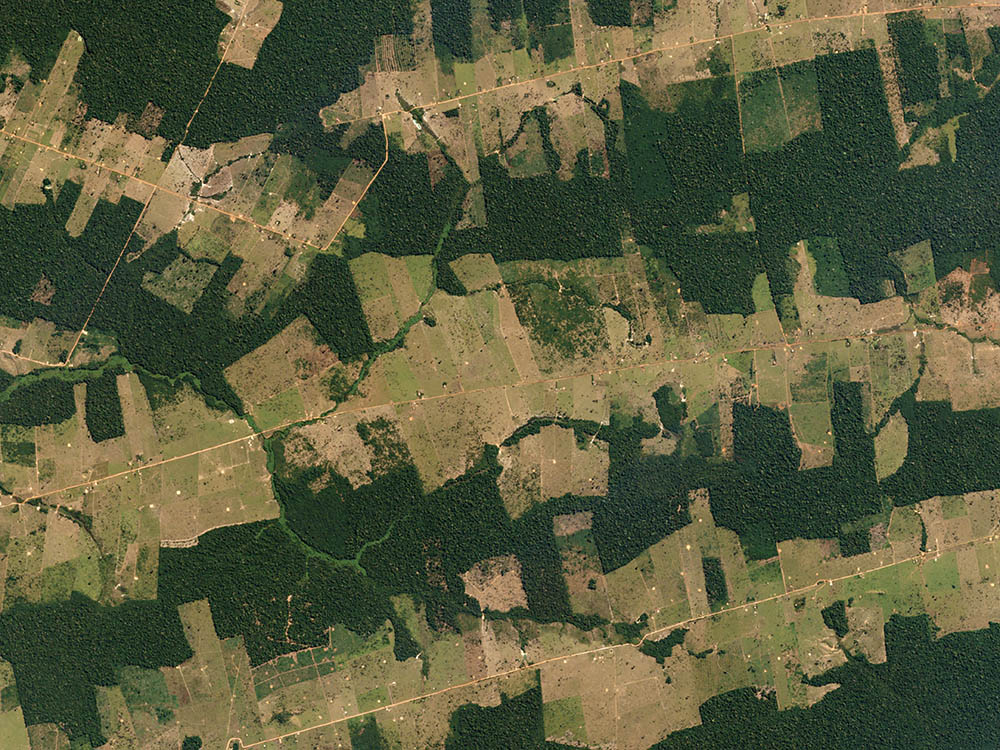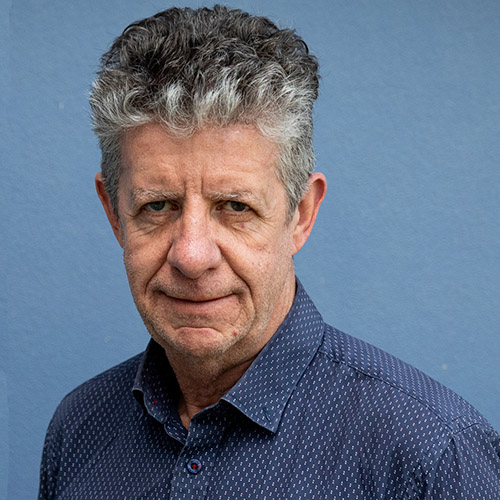Conservation corridors, especially through carbon-dense ecosystems, such as native forests, are the only means by which carbon can be removed from the atmosphere and accumulate in relatively stable, long-term ecosystem carbon stores. Conserving these ecosystems, therefore, has significant climate mitigation benefit by preventing anthropogenic emissions and enabling ongoing removals through natural growth.
This policy paper described how the establishment of a National Conservation Corridors Framework can support both the Australian Government’s biodiversity and climate goals.
Connectivity conservation is also critical for achieving Australia’s national biodiversity plan and meeting Australia’s commitments of 30% of land under conservation agreements by 2030, for preventing new extinctions, and achieving the country’s 43% reduction in carbon emissions by 2030. This is also recognised in international agreements, including the Kunming-Montreal Global Biodiversity Framework adopted at CBD COP15 and decisions taken at climate COPs 25, 26 and 27.
The land of Australia has been culturally connected for millennia by Songlines and trade routes, which remain of great importance to First Nations people and are a living part of Australia’s cultural heritage. Restoration of these can be important for strengthening connection to culture and country.
In Australia, a national system of conservation corridors, with the National Reserve System and other protected areas as the cornerstones, would provide the foundation for enabling strategic, community-led connectivity initiatives that combine to create impact at the regional and continental scales.
Establishing conservation corridors requires a whole-of-landscape approach to conservation planning, the integration of protection and restoration actions, partnerships within and between sectors, and coordination of actions across tenures and jurisdictions. In Australia, most conservation corridors are community-led in partnership with governments and NGOs, Traditional Owners, and cognate enterprises.
Alongside Australia's National Climate Resilience and Adaptation Strategy, a National Conservation Corridors Framework can help ensure respectful, considered, and meaningful consultation with stakeholders and support the roll-out of integrated nature-based solutions – those based on native ecosystems – that address our climate, biodiversity, climate-resilient development and health challenges.
To support this a robust, targeted, and ongoing program of research is required to support management and planning in the face of a rapidly changing climate and other pressures and threatening processes.
Article authors
Brendan Mackey
Virginia Young
Additional authors
Keith Bradby, Liz Gould, Gary Howling, James O’Connor, Tandi Spencer-Smith, and David M Watson.
Reference
Mackey B., Bradby K., Gould L., Howling G., O’Connor J., Spencer-Smith T., Watson D.M. and Young V. (2023). Connectivity Conservation: forging the nexus between biodiversity protection and climate action in Australia. Policy Discussion Paper 1/23. Climate Action Beacon, Griffith University, Queensland. https://doi.org/10.25904/1912/4644



